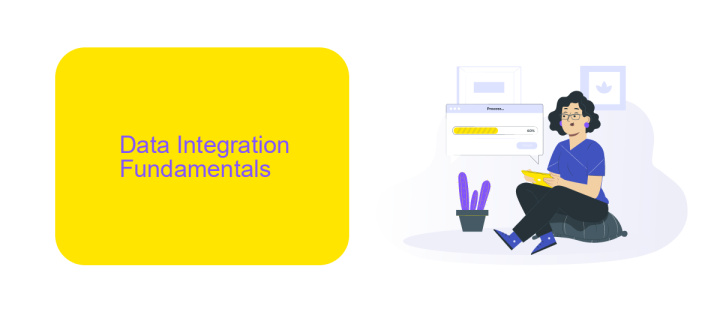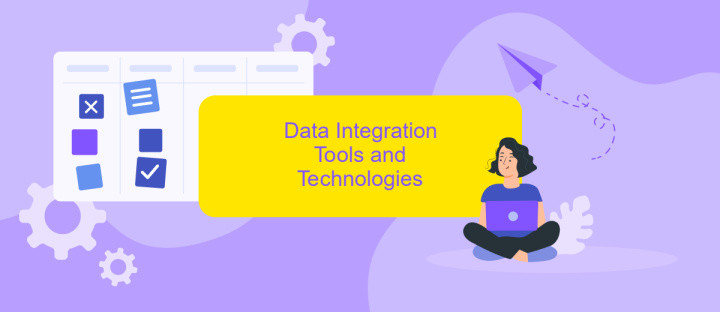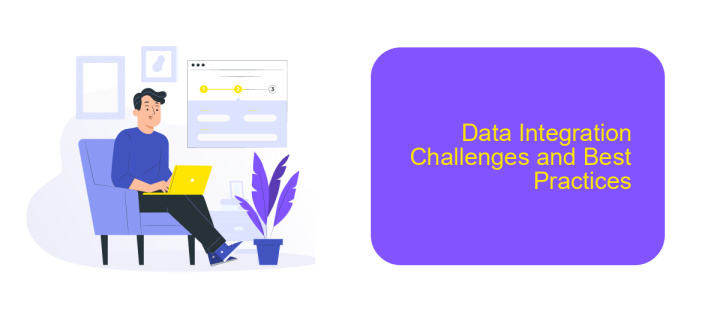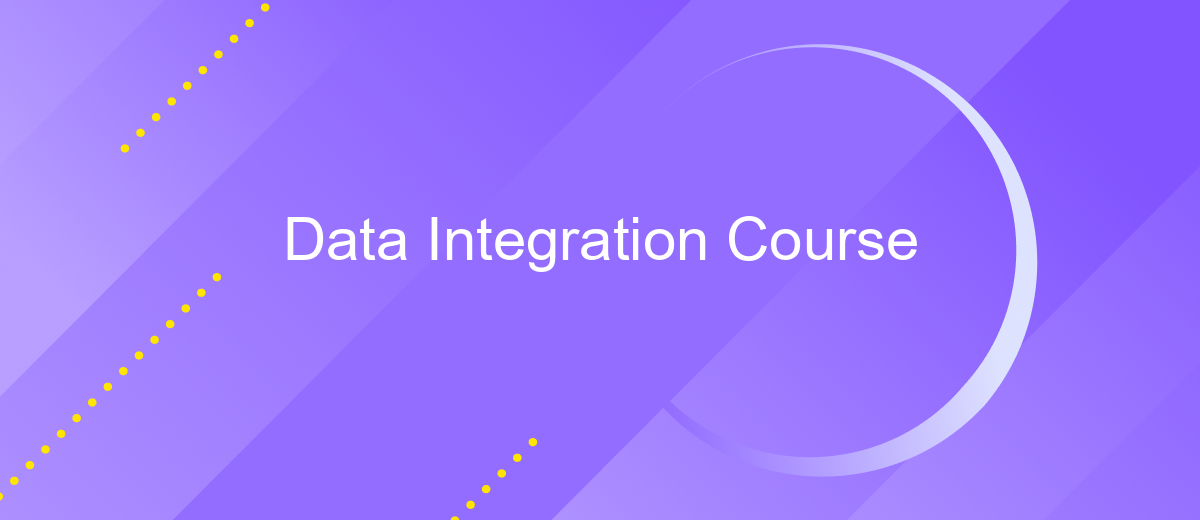Data Integration Course
In today's data-driven world, seamless data integration is crucial for businesses to harness the full potential of their information assets. Our Data Integration Course offers comprehensive training on combining data from various sources, ensuring consistency and accessibility. Whether you're a beginner or an experienced professional, this course will equip you with the skills needed to streamline data workflows and drive informed decision-making.
Introduction
Data integration is a critical component in today's data-driven world, enabling seamless connectivity and communication between diverse systems and applications. As organizations increasingly rely on multiple platforms and databases, the need to unify and streamline data becomes paramount. This course aims to equip participants with the knowledge and skills necessary to effectively integrate data across various sources.
- Understanding the fundamentals of data integration
- Exploring different data integration techniques and tools
- Implementing real-time and batch data integration
- Utilizing services like ApiX-Drive for seamless integration
- Ensuring data quality and consistency
By the end of this course, participants will be able to design and implement robust data integration solutions, leveraging tools like ApiX-Drive to automate and simplify the process. Whether you are a data engineer, analyst, or IT professional, mastering data integration will enhance your ability to deliver valuable insights and drive organizational success.
Data Integration Fundamentals

Data integration is the process of combining data from different sources into a unified view, making it accessible and useful for analysis and decision-making. It involves extracting data from various databases, applications, and systems, transforming it into a consistent format, and loading it into a central repository. This process ensures that data from disparate sources can be used together, providing a comprehensive understanding of the information landscape.
Effective data integration requires robust tools and methodologies to manage the complexities involved. One such tool is ApiX-Drive, a service that facilitates seamless integration between various applications and platforms. ApiX-Drive allows users to automate data transfers, synchronize information in real-time, and ensure data consistency across systems. By leveraging services like ApiX-Drive, organizations can streamline their data workflows, reduce manual effort, and enhance the accuracy and reliability of their integrated data.
Data Integration Tools and Technologies

Data integration tools and technologies are essential for combining data from various sources into a unified view. These tools help streamline processes, reduce redundancy, and enhance data accuracy. Modern solutions offer a range of features to meet different business needs, from simple data migration to complex, real-time data integration.
- ETL (Extract, Transform, Load) Tools: These tools extract data from different sources, transform it into a suitable format, and load it into a target system. Examples include Apache Nifi and Talend.
- Data Integration Platforms: Comprehensive platforms like Informatica and MuleSoft provide end-to-end solutions for integrating data across various systems and applications.
- API Integration Services: Tools like ApiX-Drive facilitate seamless integration between applications through APIs, automating data transfer and synchronization.
- Data Virtualization: Technologies such as Denodo allow users to access and manipulate data without needing to know its physical location or format.
Choosing the right data integration tool depends on your specific requirements, such as data volume, complexity, and real-time processing needs. Tools like ApiX-Drive can simplify the integration process by offering user-friendly interfaces and pre-built connectors, making it easier to automate workflows and improve data consistency across multiple platforms.
Data Integration Challenges and Best Practices

Data integration is a crucial aspect of modern business operations, yet it comes with its own set of challenges. One of the primary issues is dealing with data from disparate sources, which often have different formats, structures, and standards. This can lead to inconsistencies and errors that complicate the integration process.
Another significant challenge is ensuring data quality and accuracy. Poor data quality can result in flawed analytics and misguided business decisions. Additionally, maintaining data security and compliance with regulations such as GDPR is a critical concern, especially when integrating sensitive information from multiple sources.
- Standardize data formats before integration.
- Implement robust data validation and cleansing processes.
- Use secure data transfer methods to protect sensitive information.
- Leverage integration platforms like ApiX-Drive for seamless data synchronization.
Adopting best practices can mitigate these challenges and ensure a smoother integration process. Tools like ApiX-Drive can automate and streamline data integration, reducing the risk of errors and enhancing overall efficiency. By prioritizing data quality, security, and standardization, businesses can achieve more reliable and actionable insights from their integrated data.


Conclusion
In conclusion, mastering data integration is essential for businesses looking to streamline operations, enhance decision-making, and improve overall efficiency. This course has provided a comprehensive overview of the various techniques and tools available for effective data integration, emphasizing the importance of understanding data sources, transformation processes, and the final integration into target systems. By leveraging these skills, professionals can ensure that data flows seamlessly across different platforms, enabling more accurate and timely insights.
Moreover, utilizing advanced tools like ApiX-Drive can significantly simplify the integration process. ApiX-Drive offers a user-friendly interface and robust features that allow for the easy connection of multiple applications and services, automating data transfer and synchronization. This not only reduces the complexity of manual integrations but also minimizes errors and saves valuable time. As businesses continue to adopt more digital solutions, the ability to efficiently integrate data will remain a critical competency for success in the ever-evolving technological landscape.
FAQ
What is Data Integration?
Why is Data Integration important?
What are some common challenges in Data Integration?
How can I automate Data Integration processes?
What skills are required to learn Data Integration?
Apix-Drive is a universal tool that will quickly streamline any workflow, freeing you from routine and possible financial losses. Try ApiX-Drive in action and see how useful it is for you personally. In the meantime, when you are setting up connections between systems, think about where you are investing your free time, because now you will have much more of it.

